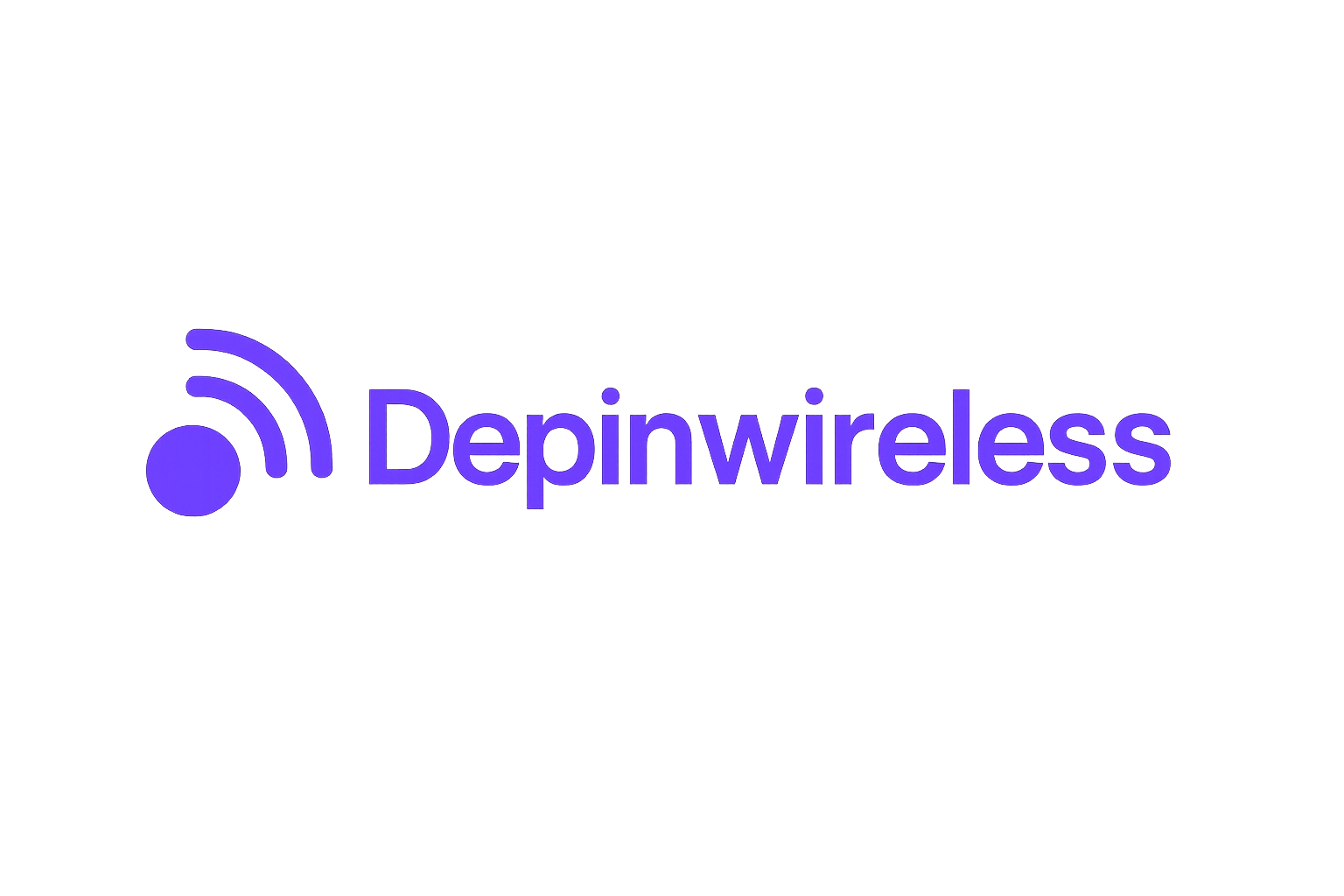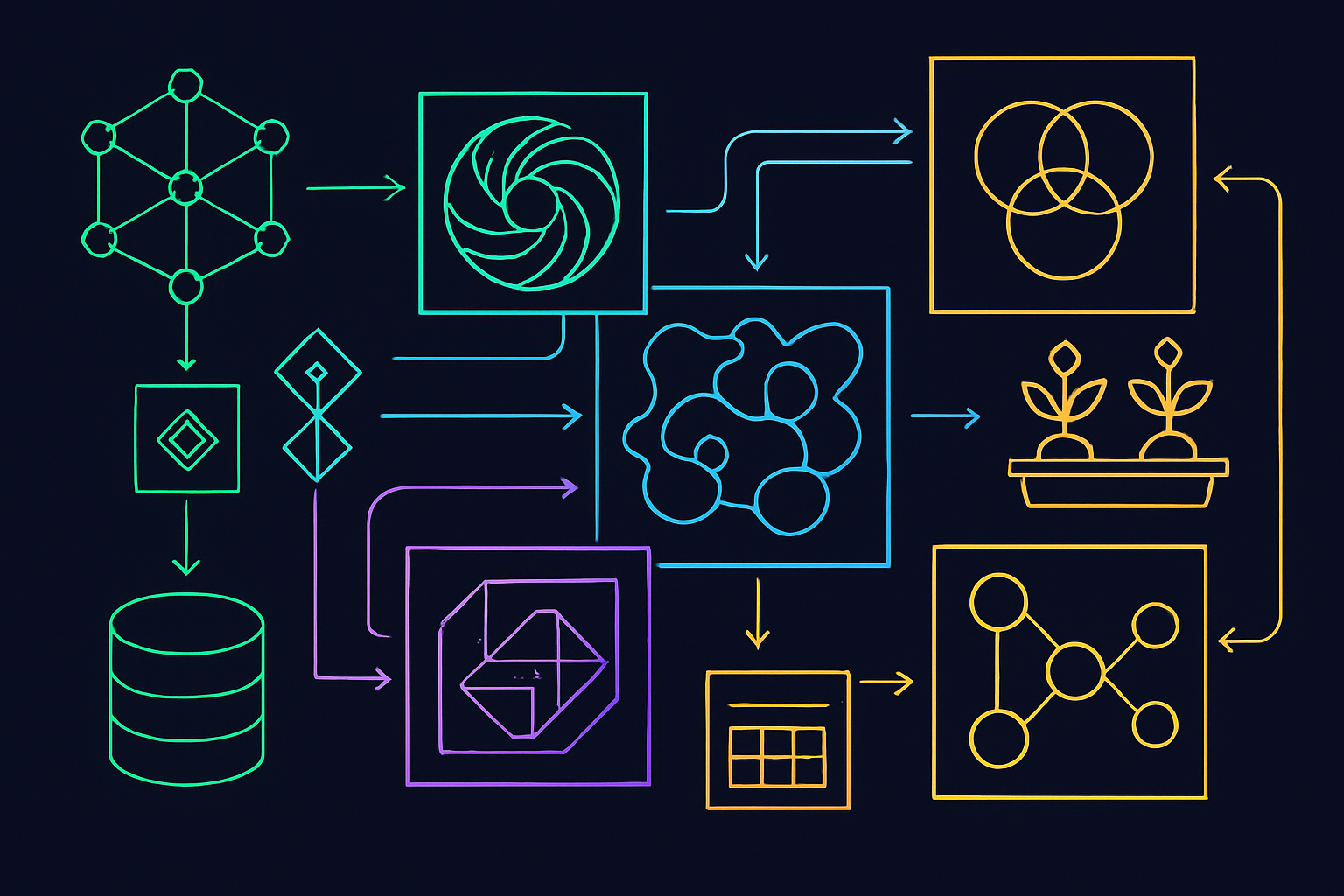
The Helium Network has emerged as a disruptive force in wireless infrastructure, blending blockchain incentives with community-driven deployment to create the world’s largest decentralized wireless network. As of November 2025, Helium’s native HNT token is trading at $2.42, reflecting renewed momentum as the network pivots from its IoT roots into the high-bandwidth realm of decentralized 5G. This convergence is reshaping how Internet of Things (IoT) devices connect, communicate, and scale in both urban and industrial environments.

From LoRaWAN to Decentralized 5G: The Evolution of Helium
Originally launched in 2019 with a focus on LoRaWAN-based IoT connectivity, Helium’s vision was radical: anyone could purchase a hotspot and contribute to a global wireless backbone. This approach democratized network ownership and enabled rapid expansion without the capital intensity of legacy telecoms. By leveraging blockchain for coordination and rewards, Helium created a new class of wireless infrastructure known as DePIN (Decentralized Physical Infrastructure Networks).
The real inflection point came in 2022 when Helium acquired FreedomFi, integrating open-source tools for deploying decentralized 5G networks. This technical leap allowed individuals and businesses to operate their own Helium-compatible 5G hotspots equipped with CBRS radios. Each hotspot acts as both a coverage node and data relay, collectively forming an emergent, user-owned alternative to carrier-controlled cellular networks.
Tokenomics: Aligning Incentives With Network Growth
At the heart of Helium’s model is an innovative multi-token system designed to reward meaningful participation. HNT remains the primary currency underpinning the ecosystem, while specialized tokens like MOBILE are earned by those who deploy and maintain 5G hotspots. These tokens serve multiple functions: they can be used to pay for wireless service fees, staked for further rewards, or exchanged back into HNT, creating fluid economic incentives that adapt as the network grows.
This token-driven model does more than just incentivize hardware deployment; it aligns economic interests across users, operators, and developers. As demand for bandwidth increases, driven by everything from autonomous vehicles to industrial sensors, the value proposition for both token holders and hotspot operators strengthens in tandem.
Proof-of-Coverage: Verifying Real-World Wireless Service
A critical technical innovation underpinning Helium’s integrity is its Proof-of-Coverage (PoC) consensus mechanism. Unlike traditional blockchains that rely solely on computational work or staking capital, PoC uses radio signals themselves as cryptographic proof that hotspots are genuinely providing coverage where they claim. This continuous auditing ensures that rewards are distributed based on actual service delivered, not just theoretical participation or idle hardware.
The impact is twofold: it deters fraudulent activity while ensuring that every rewarded node actively contributes to network quality, a key differentiator compared to centralized models where infrastructure may be underutilized or poorly maintained. For deeper insights into how PoC powers this decentralized validation process, see our analysis on Helium’s Proof-of-Coverage powering decentralized connectivity.
Enabling Real-World IoT Applications With Decentralized Wireless
The practical implications of this architecture are profound for IoT deployments across multiple verticals. Municipalities leverage Helium’s decentralized wireless for smart city initiatives, ranging from environmental monitoring sensors to adaptive street lighting, while enterprises deploy private 5G networks within factories and campuses for secure asset tracking and automation. Community-driven projects in underserved regions are also using Helium hotspots to build affordable local coverage where traditional carriers have little incentive to invest.
This shift toward blockchain-powered wireless networks enables not only greater scalability but also more resilient connectivity, a crucial advantage as billions of new IoT devices come online over the next decade. For more on specific urban use cases powered by Helium’s decentralized approach, explore our feature on Helium 5G hotspots enabling urban IoT networks.
As adoption accelerates, the Helium Network’s decentralized infrastructure is proving to be a catalyst for innovation in both public and private sectors. The modularity of Helium’s architecture, supporting everything from LoRaWAN for low-power sensors to high-bandwidth 5G for video streaming and mission-critical applications, positions it as a uniquely flexible platform. This flexibility is essential as IoT use cases diversify, requiring networks that can adapt to new protocols and usage patterns without the friction of legacy carrier lock-in.
Enterprises are increasingly drawn to Helium’s model because it enables secure, local control over data flows while reducing operational costs tied to traditional telecom agreements. By deploying their own 5G hotspots, organizations can create tailored coverage areas on-demand, optimizing connectivity for specific needs such as real-time analytics in manufacturing or autonomous robotics in logistics hubs. This level of control and cost efficiency is rarely achievable with incumbent wireless providers.
Market Dynamics: HNT Price and Ecosystem Momentum
The current price of Helium (HNT) stands at $2.42, up 4.76% in the last 24 hours, signaling renewed confidence as the network scales its decentralized 5G footprint. This price action reflects not only broader market sentiment but also tangible progress in hotspot deployments, token utility, and ecosystem partnerships. As more users and businesses recognize the value of blockchain-powered wireless networks, demand for HNT and MOBILE tokens is expected to grow, driven by real-world usage rather than speculative hype.
Looking ahead, the interplay between tokenomics, decentralized governance, and technical innovation will define Helium’s trajectory within the competitive landscape of wireless infrastructure. With an open-source ethos and a rapidly expanding developer community, Helium is well-positioned to iterate on its protocol stack, address scaling challenges, and integrate emerging standards such as WiFi 7 or new spectrum bands for IoT.
Risks and Considerations: Challenges Facing Decentralized Wireless
No paradigm shift comes without hurdles. The decentralized wireless model must contend with regulatory uncertainty around spectrum usage (especially CBRS), hardware supply chain fluctuations, and the need for robust security frameworks as network density increases. Additionally, ensuring fair token distribution and preventing gaming of Proof-of-Coverage remain ongoing priorities for protocol designers.
Yet these challenges are not insurmountable, they reflect the growing pains of a maturing ecosystem that is already delivering measurable value across diverse IoT verticals. As more stakeholders participate in governance and contribute resources to open-source development, Helium’s resilience against both technical and economic shocks continues to improve.
The Road Ahead: A Decentralized Wireless Future
The success of Helium’s approach has sparked interest across the DePIN sector as projects race to replicate its blend of blockchain incentives with physical infrastructure deployment. What sets Helium apart is its proven track record, millions of devices connected worldwide, and its commitment to evolving alongside industry needs rather than imposing top-down mandates.
As smart cities become more complex and enterprises demand ever-greater autonomy over their connectivity stacks, decentralized wireless solutions like Helium will play an increasingly central role in how data flows through our environment. The fusion of blockchain security, economic incentives, and open participation offers a compelling path forward, not just for IoT applications but potentially for any sector where connectivity is foundational.
Top Real-World IoT Use Cases Powered by Helium 5G
-
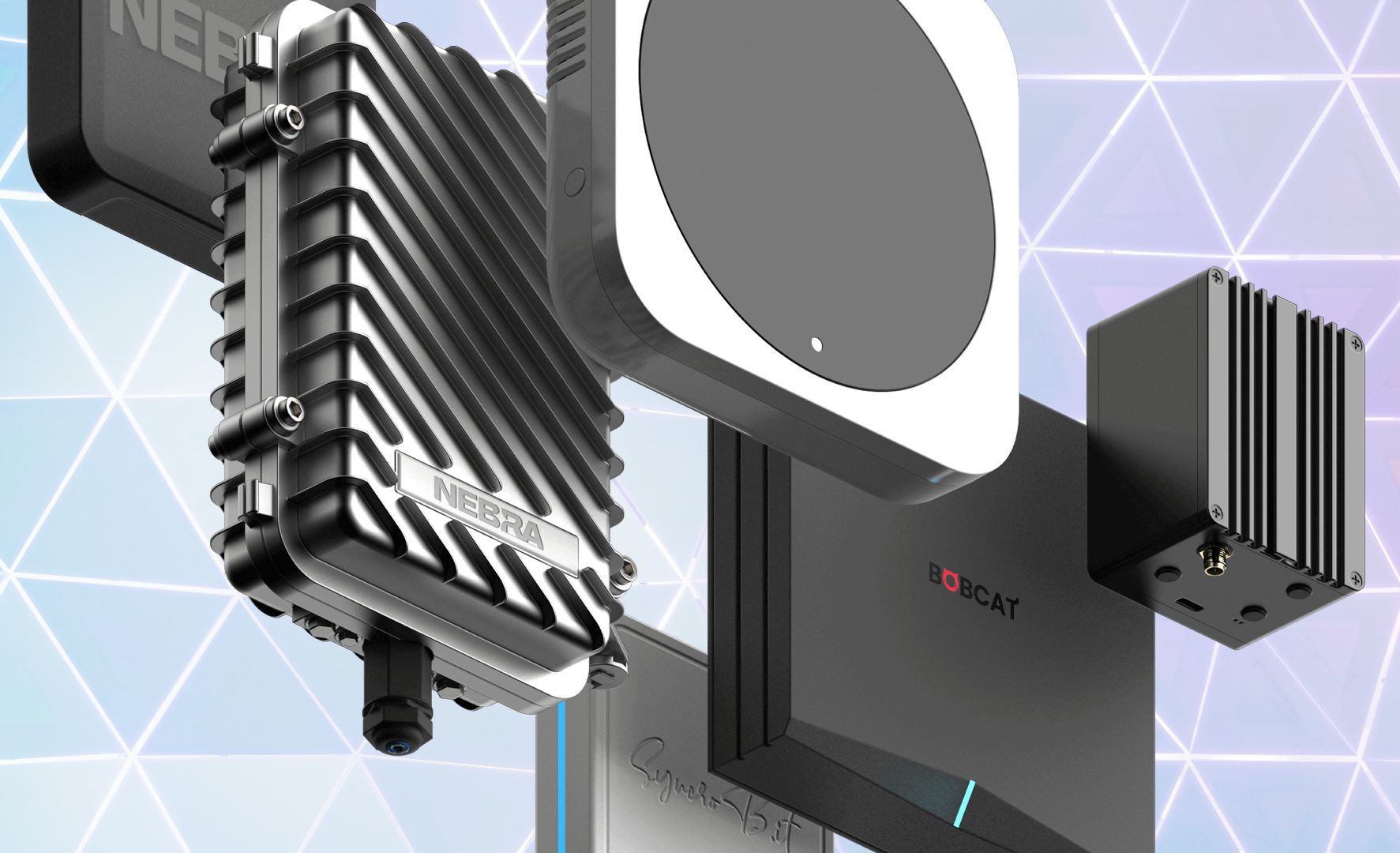
Smart City Environmental Monitoring: Municipalities like San Jose, California have deployed Helium-powered sensors to monitor air quality, noise, and temperature in real time, leveraging decentralized 5G for reliable, city-wide coverage.
-
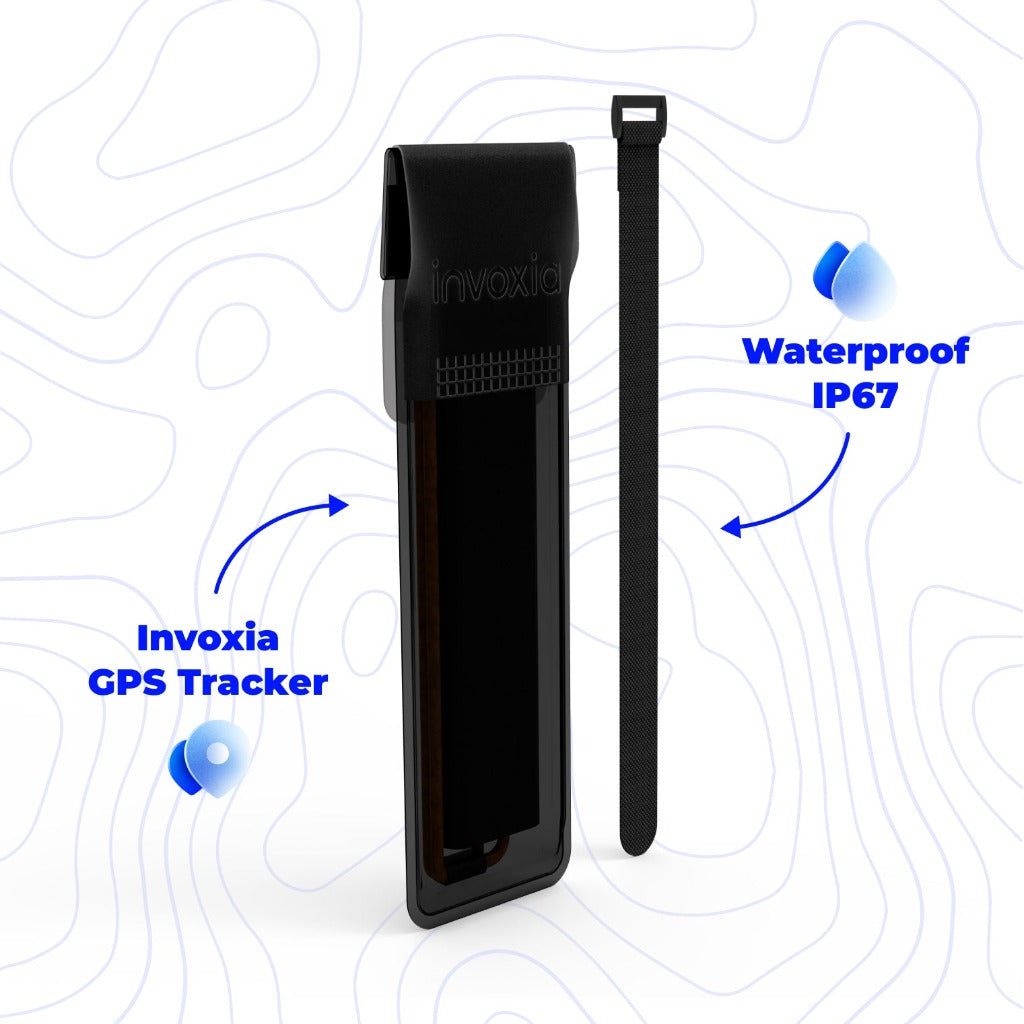
Asset Tracking & Logistics: Companies such as Invoxia and Careband use Helium’s network to enable low-cost, long-range tracking of valuable assets and shipments, improving supply chain transparency and security.
-

Smart Agriculture: Farms in the Midwest United States utilize Helium-connected soil moisture sensors and weather stations to optimize irrigation and crop management, reducing resource waste through decentralized connectivity.
-

Connected Micro-Mobility: E-bike and scooter providers like Lime have tested Helium’s decentralized 5G to connect fleets for real-time location, usage analytics, and theft prevention in urban environments.
-
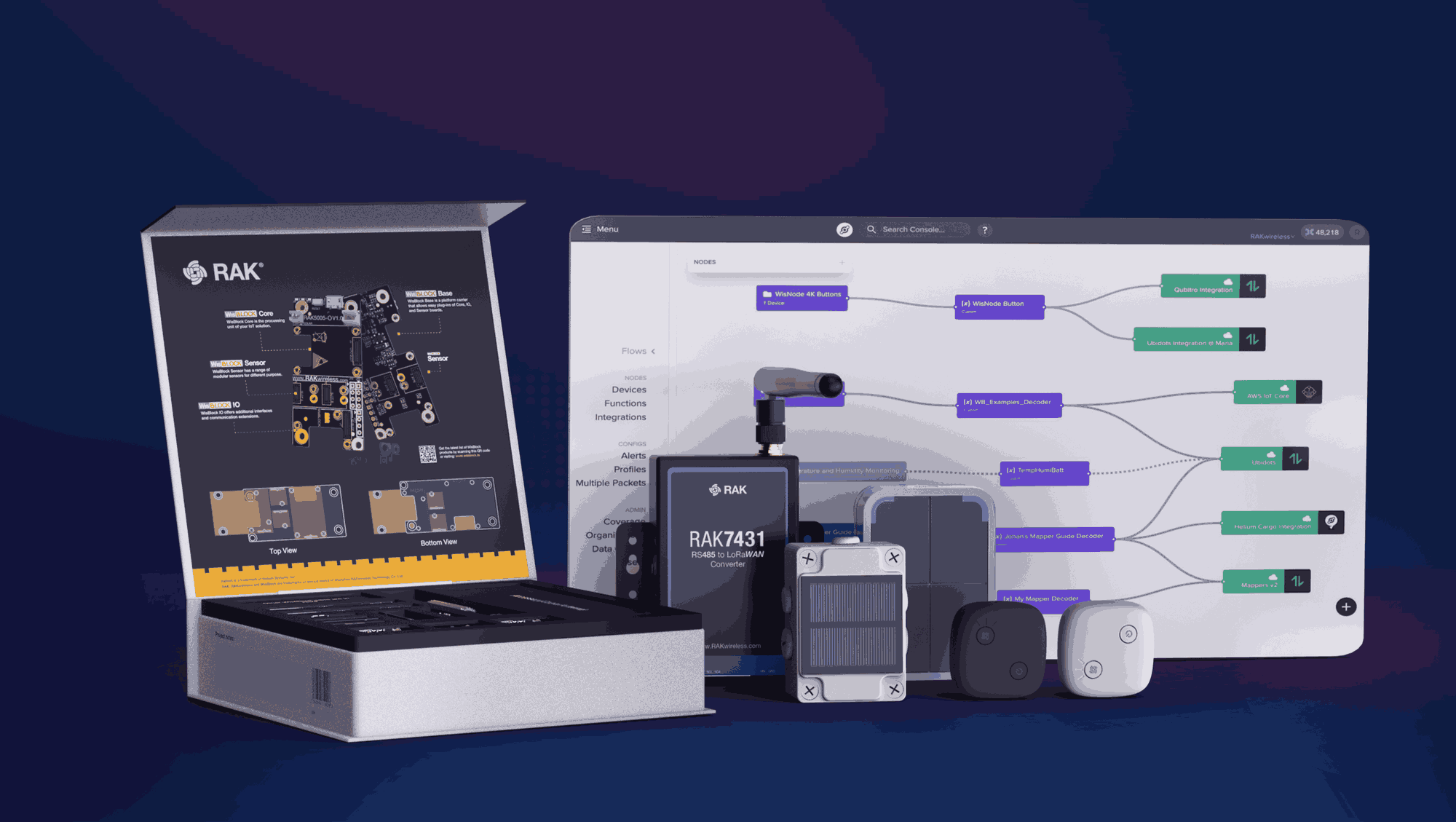
Industrial IoT & Private 5G Networks: Enterprises deploy Helium 5G hotspots on factory floors and campuses to create secure, private wireless networks for robotics, sensors, and automation systems, reducing reliance on traditional carriers.
-
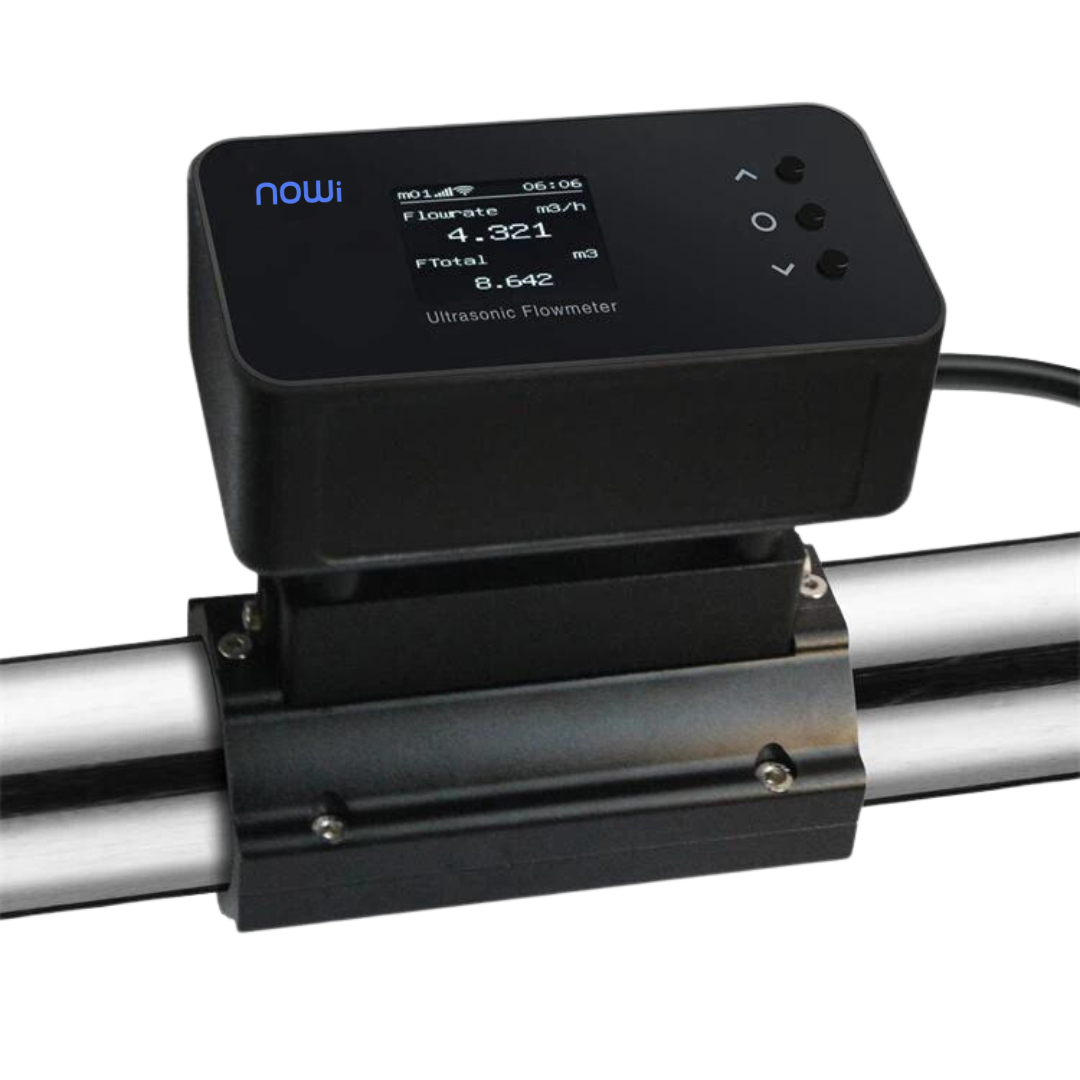
Flood & Water Leak Detection: Startups like NOWi leverage Helium’s network to deploy water leak sensors in commercial and residential buildings, enabling early detection and rapid response to prevent costly damage.
-
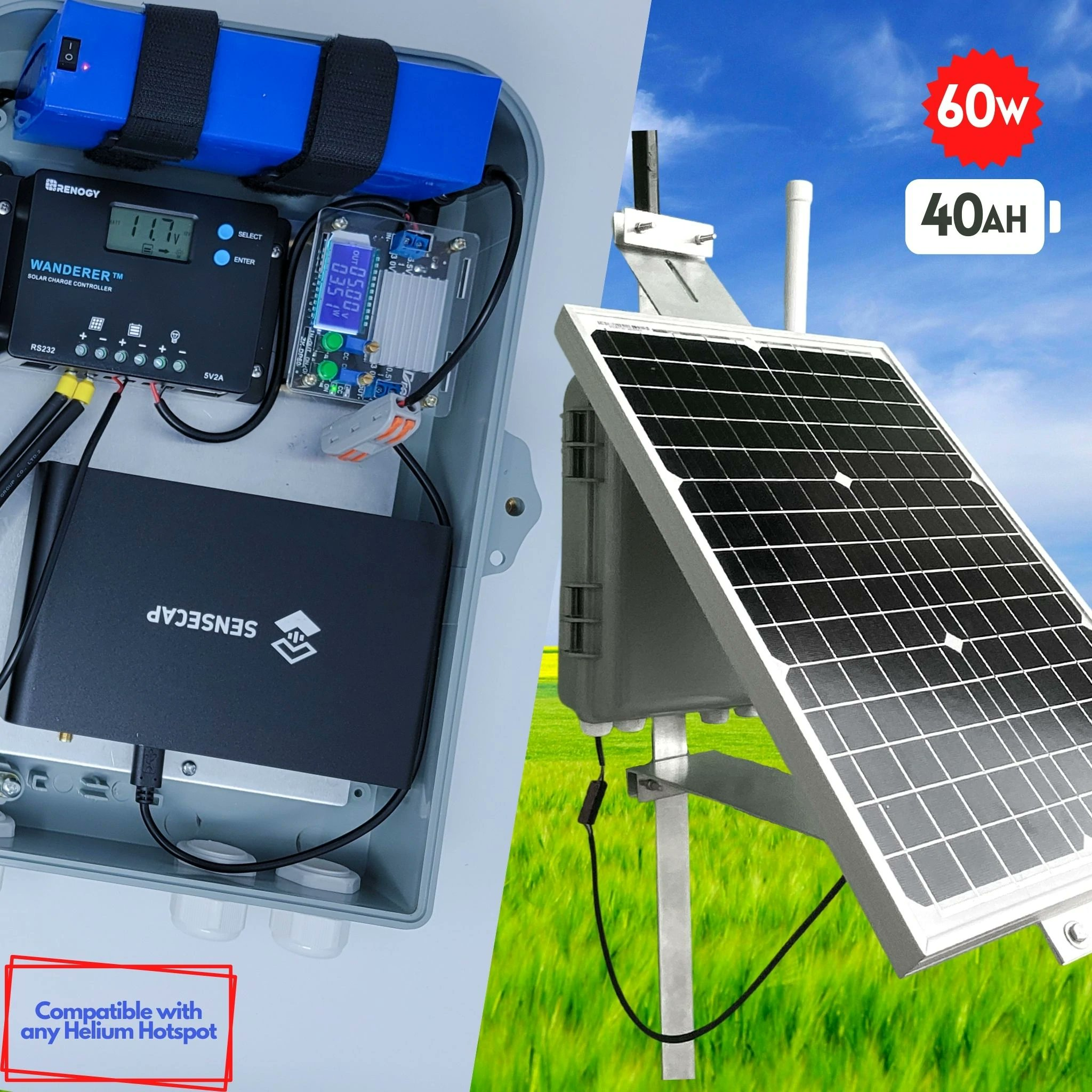
Wildlife & Environmental Conservation: Conservation groups use Helium-powered GPS trackers on endangered species and remote sensors to monitor habitats, supporting data-driven wildlife protection efforts.
For further reading on how blockchain-powered 5G networks are transforming IoT connectivity at scale, and why this matters for investors, developers, and city planners alike, see our deep dive at How Helium’s Blockchain-Powered 5G Networks Are Transforming IoT Connectivity.
